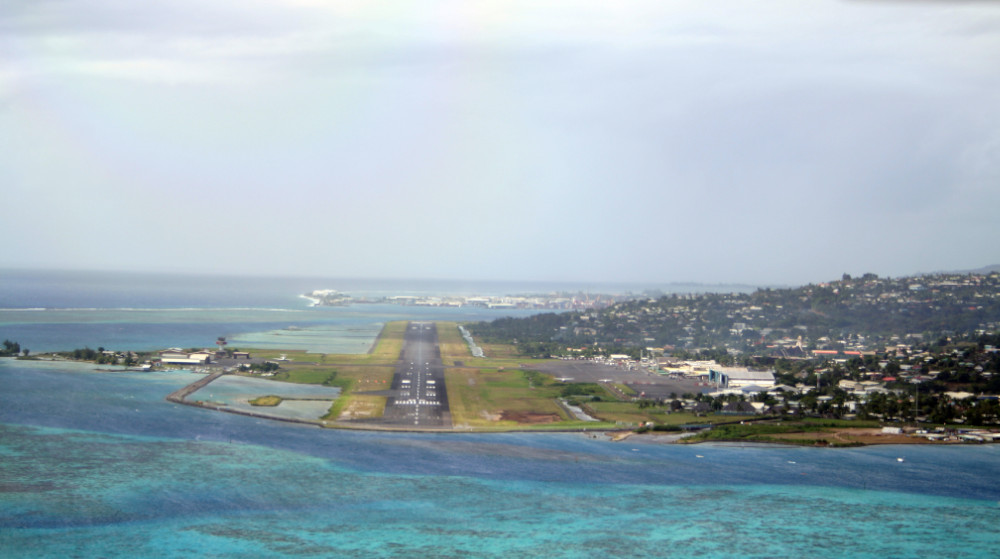In the last weeks we received several new success stories of the mobile pavement sensor MARWIS. Especially in aviation applications it is becoming more and more established. And the advantages of the sensor are obvious…
Four years after market launch, the mobile sensor MARWIS was put through its paces worldwide. Now it is ready to take on important projects. It turned out that airports in particular benefit from the flexible and easy-to-use mobile sensor. The measured values provide important information about runway conditions and thus the braking distances of landing aircraft. In addition, the MARWIS makes winter maintenance much more efficient and thus helps to save valuable time and resources.
Two new users of MARWIS are Eindhoven Airport in the Netherlands and Faa’a Airport in Tahiti. In the Netherlands it helps to keep the runways passable even under extreme winter conditions with snow showers and iced surfaces, while in tropical Tahiti it is responsible for detecting water film heights that can lead to aquaplaning.
More about the use of MARWIS on Tahiti Airport
Faa’a Airport, named after the municipality in which it’s located, is the international airport of French Polynesia on the island of Tahiti. It is located directly on the coast 5 km southwest of Papeete, the capital of French Polynesia. The space is quite limited, which is why it has only one runway with a length of 3,420 m. Airplanes with a maximum size of Boeing 747 or Airbus A380 can land here.
Between December and February Tahiti is in a rainy season, during which there can be increased water films on the pavements. Especially during this time it is important to observe the water film heights to prevent aircraft from slipping on the water.
More about the use of MARWIS in Eindhoven
Eindhoven Airport was plagued by snowstorms in January 2019. The Dutch Air Force therefore had a lot of work to do to keep the runway passable. The mobile sensor MARWIS came to their aid. Although the sensor is still in a test phase there, it has always delivered satisfactory results, so far.
On particularly affected days the security staff checks the friction of the runway every half hour. If there is sufficient friction, it can be used normally for take-offs.
One of the test drives during an interview with the Airfield Manager is also available as a video report on the website of “The Algemeen Dagblad” or “AD” – a Dutch newspaper based in Rotterdam. Here you can see how wintry the conditions were on the day of the recording!





